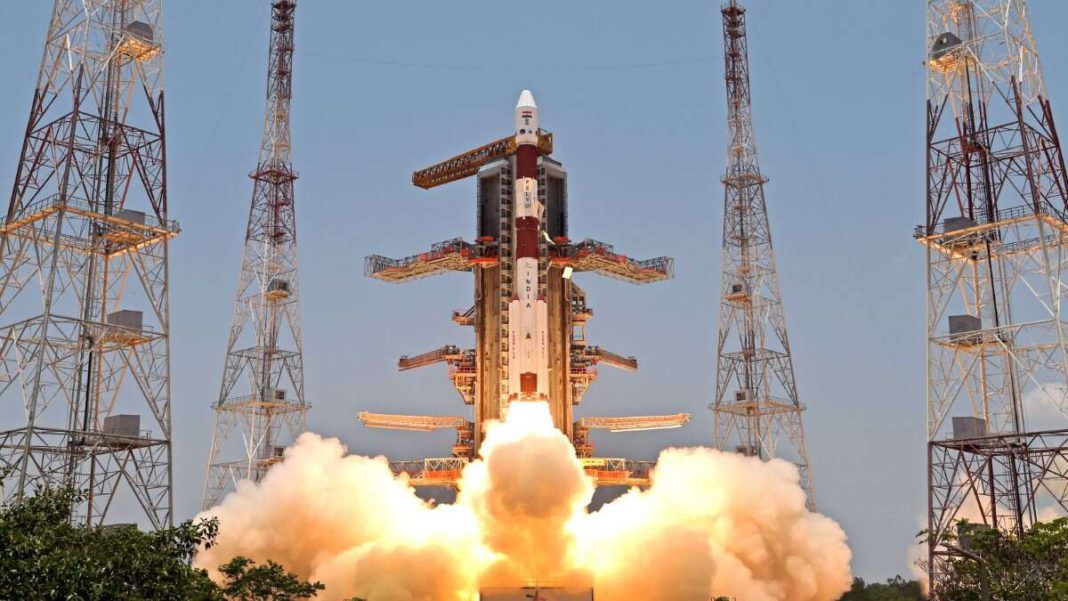INDIA: Fresh off its success on the moon, India is now headed for the sun. On September 2, the nation achieved another remarkable milestone by launching its first-ever solar observatory, the Aditya-L1 probe, into the cosmos. This historic event marked a significant leap in India’s space exploration journey, adding a new chapter to its growing list of accomplishments.
The Aditya-L1 probe embarked on its celestial journey atop a Polar Satellite Launch Vehicle (PSLV) from the Satish Dhawan Space Centre at 2:20 a.m. EDT, 11:50 a.m. local India time. About 63 minutes after liftoff, the PSLV successfully deployed Aditya-L1 into low Earth orbit (LEO), eliciting applause and jubilation in mission control.
This triumph followed India’s recent success with the Chandrayaan-3 mission, which became the first to softly land near the moon’s south pole on August 23. Although the Chandrayaan-3 lander-rover duo is expected to hibernate when the harsh lunar night falls, Aditya-L1’s journey has just begun.
Aditya-L1 will not remain in LEO indefinitely. After undergoing a series of checkouts, it will utilize its onboard propulsion system to journey to Earth-sun Lagrange Point 1 (L1), a gravitationally stable location about 1 million miles from Earth in the direction of the sun.
The mission’s name holds a simple yet profound meaning, with “Aditya” translating to “sun” in Sanskrit. The 3,260-pound observatory is anticipated to reach L1 approximately four months from now, providing continuous views of the sun without any occultation or eclipses.
Once at L1, Aditya-L1 will employ its array of scientific instruments to study the sun’s particles, magnetic fields, photosphere, and atmosphere. This research will aid scientists in unravelling the mysteries of solar activity, including solar flares, coronal mass ejections (CMEs), and the enigmatic coronal heating problem.
In addition to these scientific objectives, Aditya-L1 aims to deepen our understanding of the solar wind, the constant stream of charged particles emitted by the sun. All of this groundbreaking work comes at a surprisingly cost-effective price of 3.8 billion rupees, demonstrating India’s commitment to space exploration and scientific discovery on a budget-friendly scale.
As Aditya-L1 embarks on its journey to unlock the secrets of our closest star, it serves as a shining example of India’s dedication to pushing the boundaries of space exploration and scientific research, solidifying its position as a formidable player in the global space community.
Also Read: Chandrayaan-3’s Vikram Lander Detects Natural Seismic Activity on Lunar Surface



